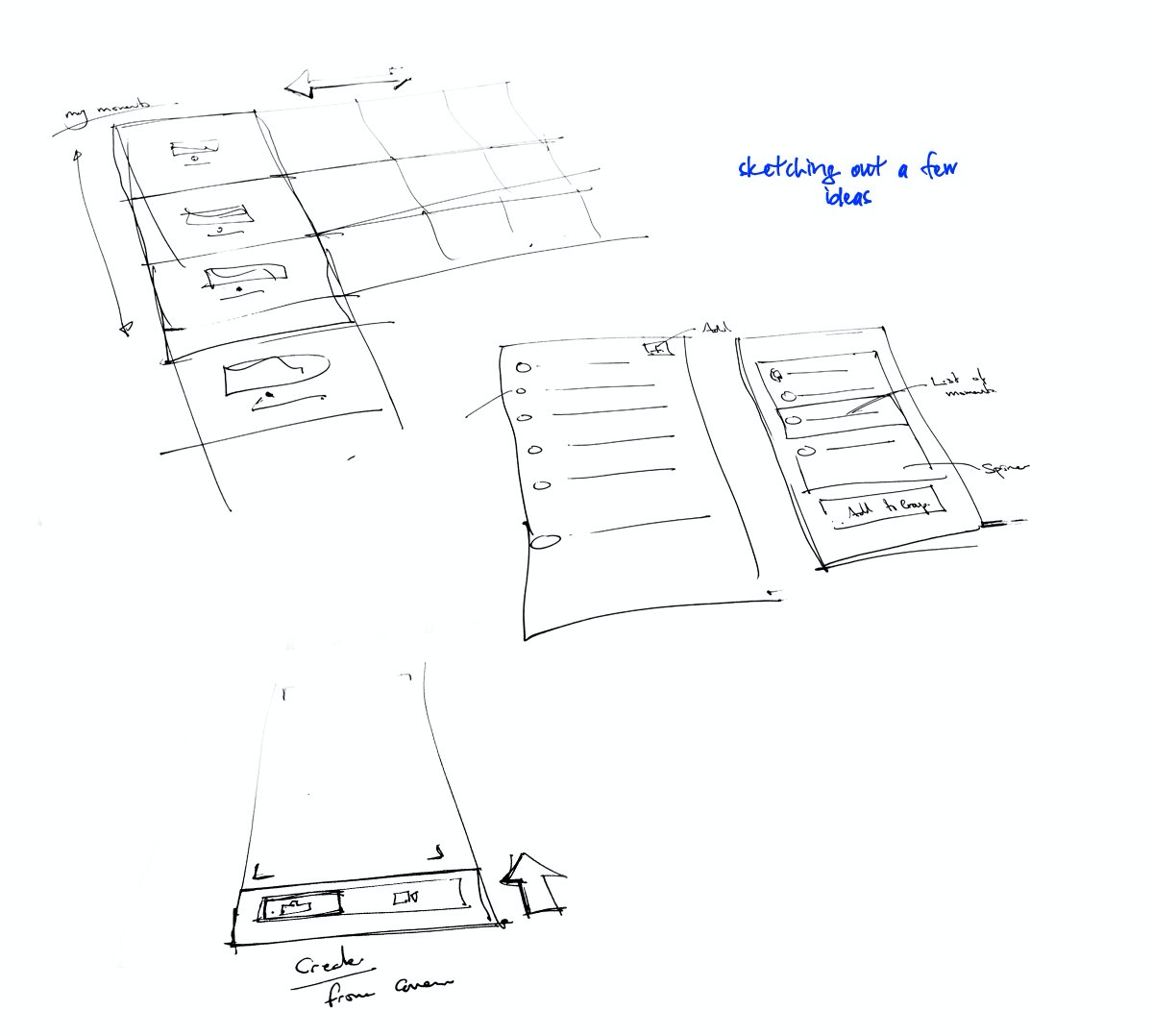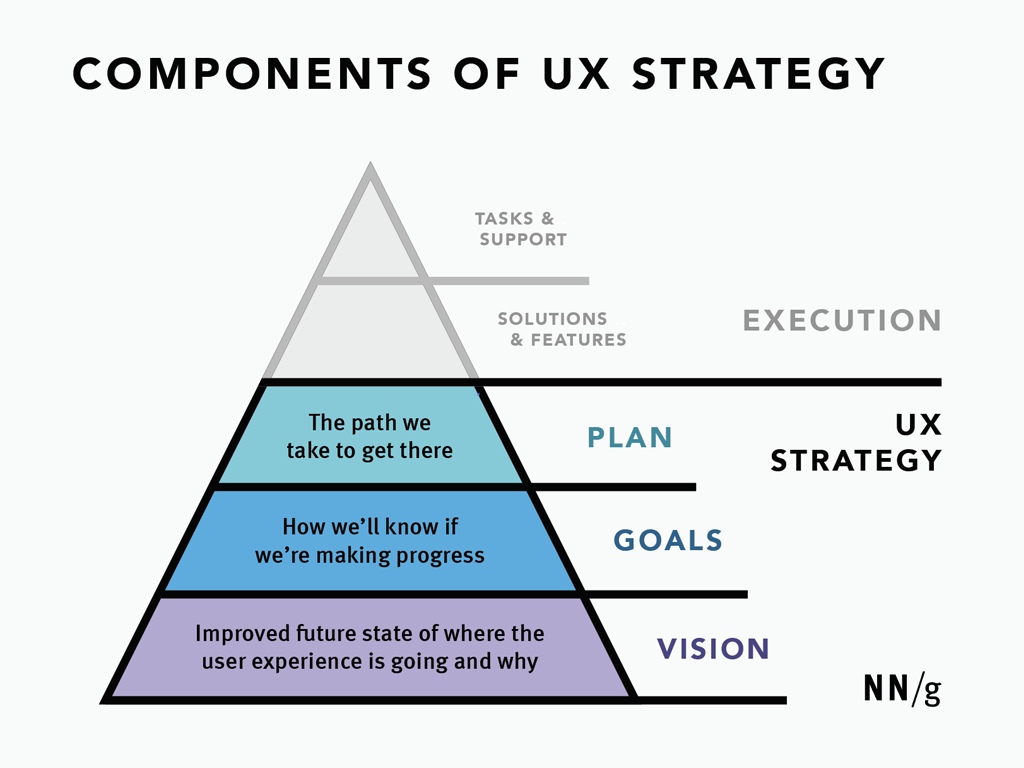Ethos
The fine line between success and failure for companies is innovation and inclusion—without digital transformation, organizations can adapt or collapse.
Whether conducting user research in a farmer’s field, or training a new generation of employees on the fundamentals of design thinking, companies both new and old are putting the user at the center of their business through design-driven practices, methodologies⦁, and cultures.

* Methodologies such Agile, Lean, or Design Thinking are tools through which I collaborate with people to make accessible digital experiences useable by those with different levels of ability. In return, making it easier for everyone and leads to higher profitability for the business.
It’s important for UX to understand how an organization makes and spends money and what it cares about. Otherwise, your user-experience goals and metrics will seem irrelevant and disconnected from the business priorities. Without knowledge of how the business works, UX will be unable to find opportunities that impact the current business model, let alone imagine new ones.

Regardless of the project, my design process is always collaborative and research-based, with the notion that everyone deserves equal access to digital experiences and services.
A UX strategy is a business strategy — end-users pay for products and services that make organizations profitable.

A UX strategy is a plan of actions designed to reach an improved future state of the organization’s user experience over an established period of time. With the experience economy growing ever more important for long-term competitive advantage, companies without this focus are sure to see declines in the coming years.
Ready to prioritize digital transformation at your organization, but don’t know where to start?
Drop me a line.